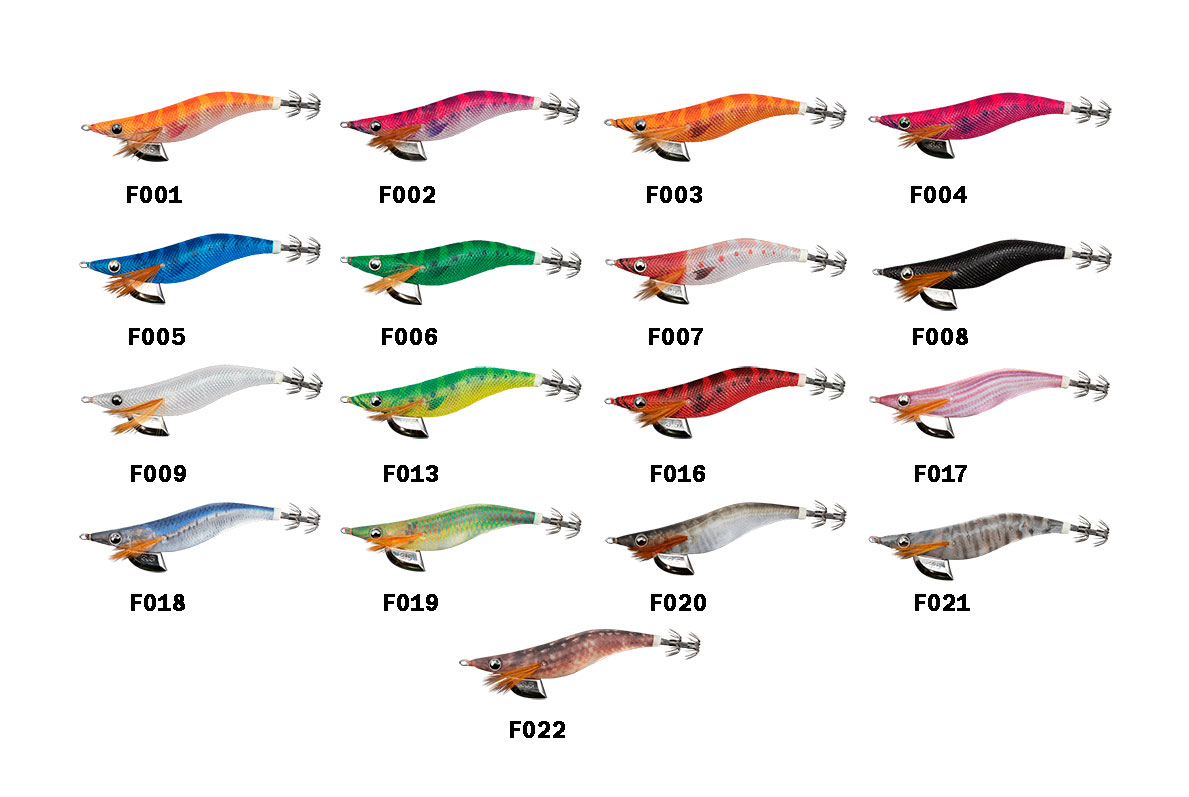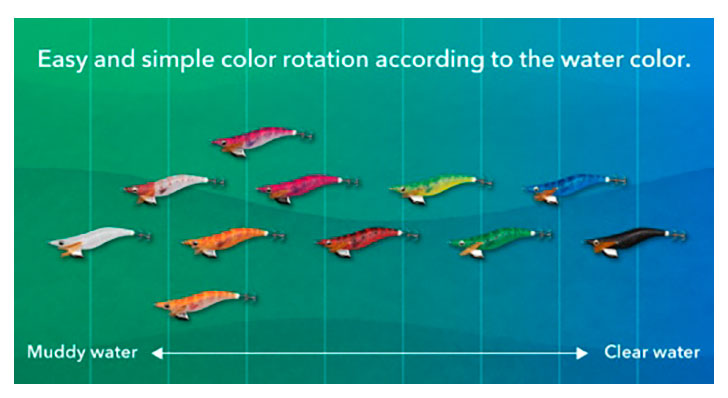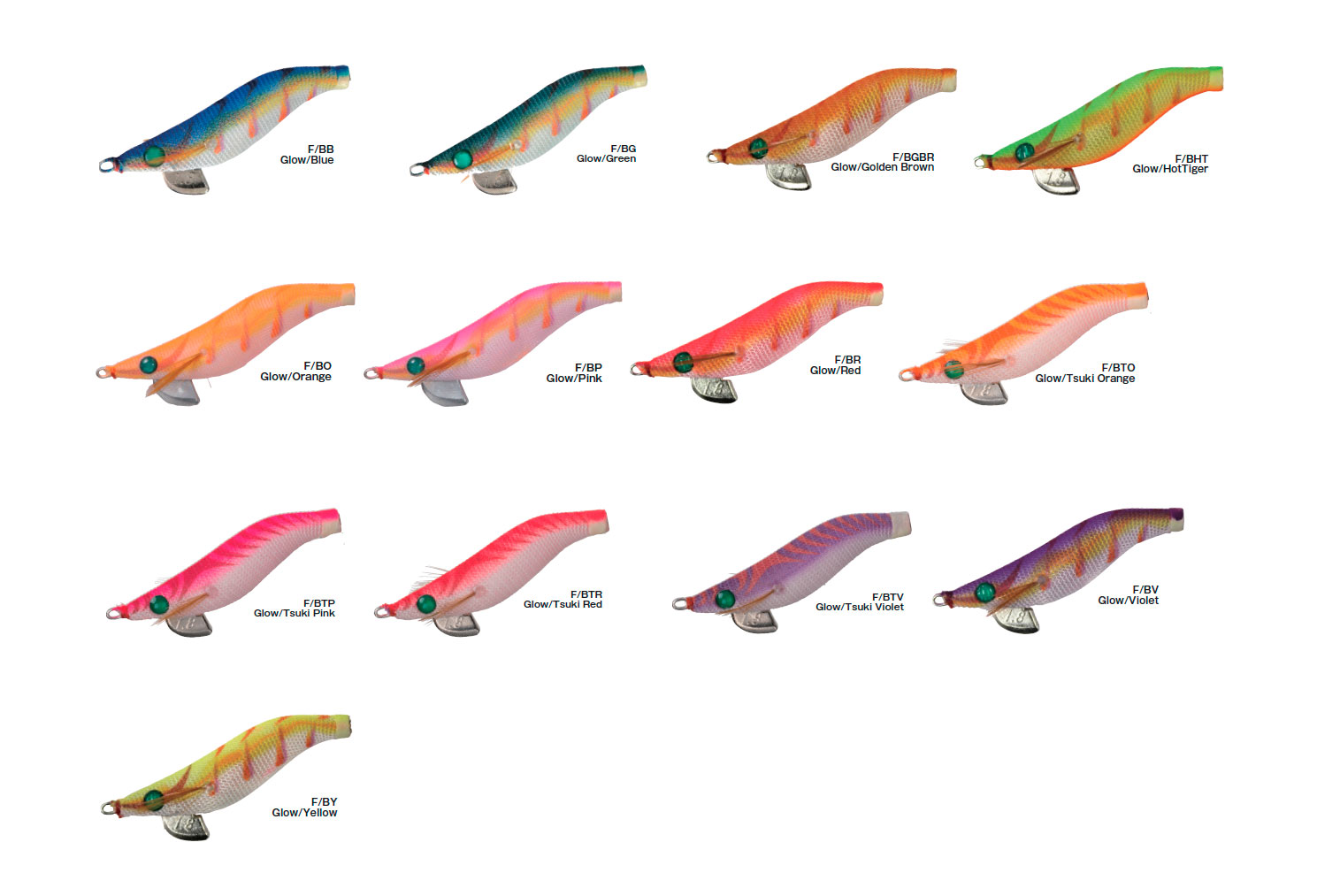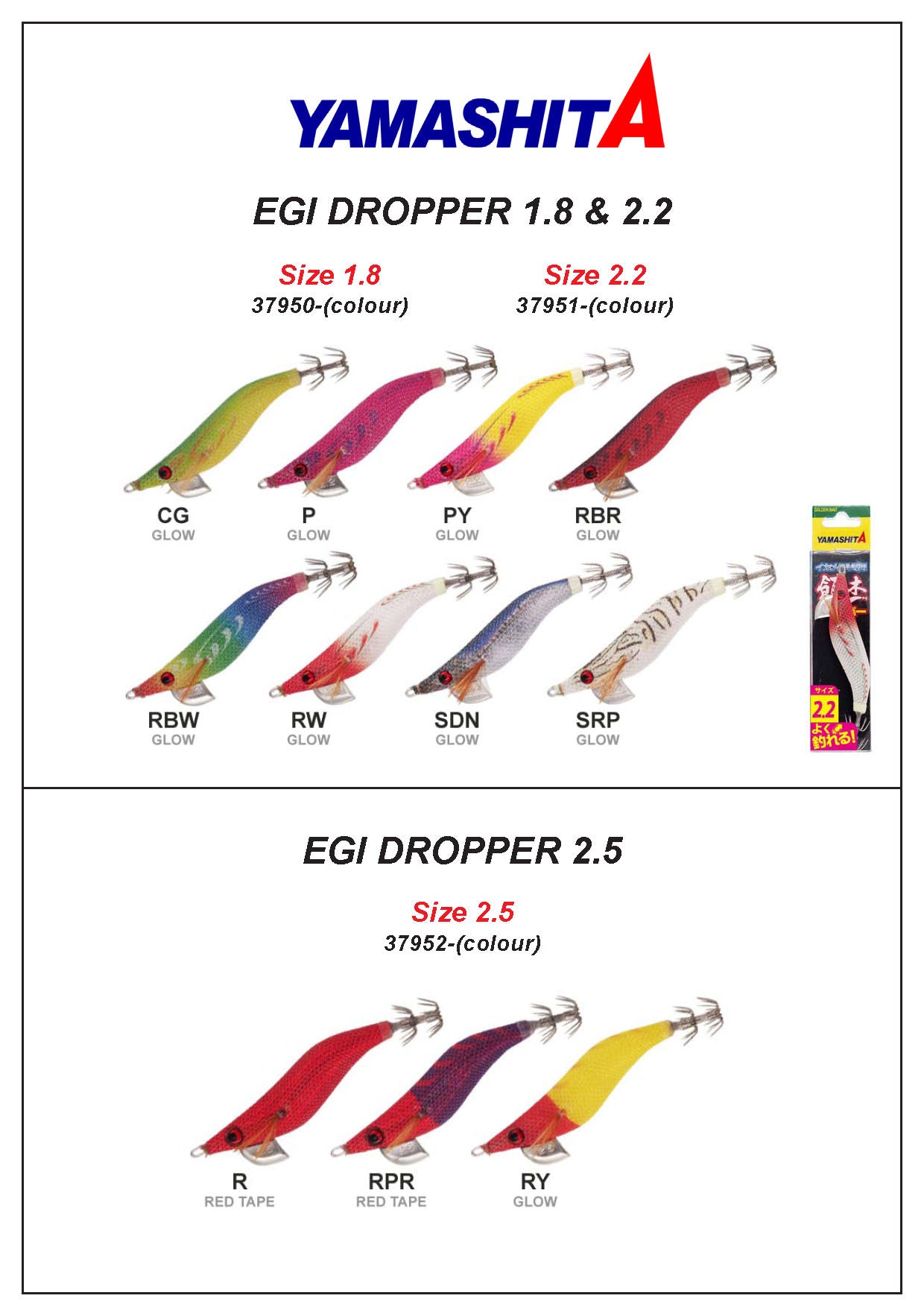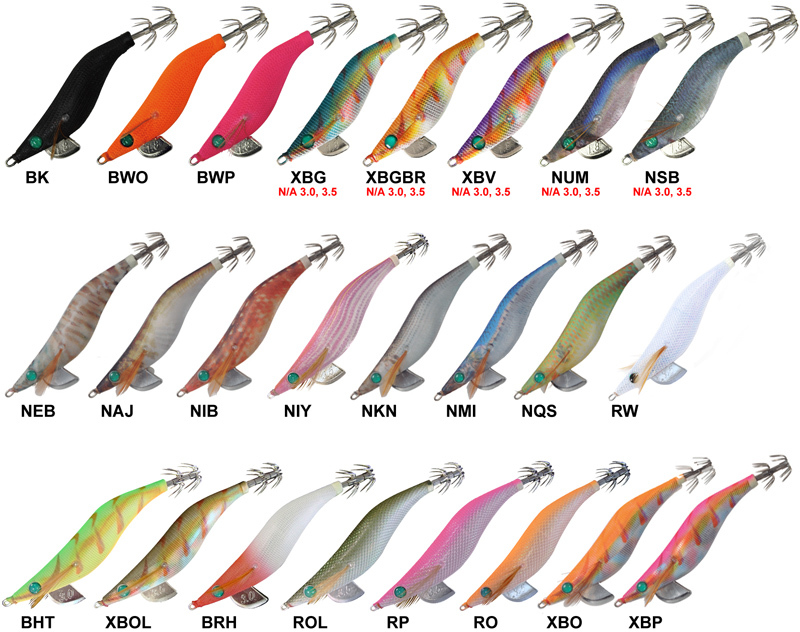Tienda
JIBIONERA YAMASHITA EGI OH F
El precio original era: 13,95€.10,50€El precio actual es: 10,50€.
Precisión japonesa para pesca de calamar con acción rápida
La Yamashita Egi OH F es una jibionera de alto rendimiento diseñada por Yamashita Japón, especialmente indicada para pescadores que buscan una acción rápida y eficaz en la pesca de calamar y sepia. El modelo “F” (Fast) destaca por su hundimiento veloz y controlado, ideal para alcanzar rápidamente las capas medias y profundas, incluso en presencia de viento o corriente.
Gracias a su diseño hidrodinámico y materiales de alta calidad, se ha convertido en una de las jibioneras preferidas para practicar eging técnico desde costa o embarcación.
Características destacadas:
-
Hundimiento rápido (Fast Sink) para condiciones exigentes como viento, corriente o pesca en profundidad.
-
Diseño hidrodinámico que mejora la precisión del lance y el comportamiento en el agua.
-
Centro de gravedad avanzado que garantiza estabilidad durante la caída.
-
Amplia gama de colores con acabados UV y Glow para una máxima atracción visual.
-
Corona doble de alta calidad japonesa para una clavada segura y eficaz.
Ideal para:
-
Pescadores que practican eging desde costa, embarcación o espigones.
-
Situaciones donde se requiere alcanzar calamares en zonas profundas o activas.
-
Días de mar movido o con condiciones cambiantes.
Compra la Jibionera Yamashita Egi OH F en nuestra tienda online especializada en pesca de calamar. Gran variedad de modelos y tallas disponibles para adaptarse a tu técnica y condiciones de pesca.
-
Jibionera Yamashita Egi OH F
-
Señuelo rápido para calamar
-
Egi Yamashita hundimiento rápido
-
Jibioneras para eging
-
Yamashita Japón pesca calamar
-
Señuelo para cefalópodos
| Talla | 3.5 |
|---|---|
| Color | F001, F002, F003, F004, F005, F006, F008, F013, F016, F018, F020, F021, F022 |





